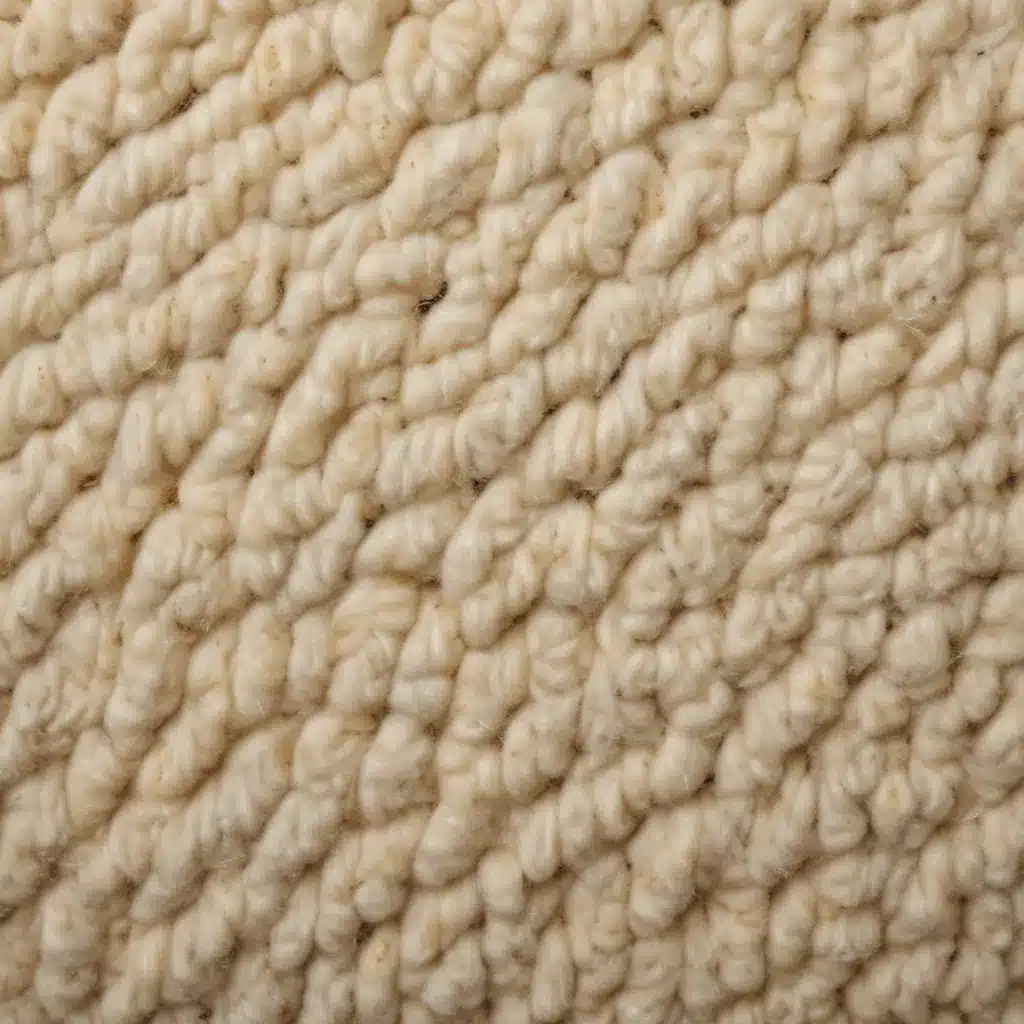
The Chilly Conundrum: Battling the Aberdeen Elements
As an Aberdeen native, I know all too well the trials and tribulations of our notoriously fickle weather. One moment, we’re basking in a rare sunbeam, the next we’re bracing against the icy gusts whipping off the North Sea. And let’s not even get started on the endless parade of rain – honestly, sometimes I think the heavens have it out for us!
But alas, as Aberdonians, we’re a hardy bunch. We’ve weathered (pun intended) countless storms, both literal and metaphorical. And when it comes to keeping our homes comfortable and energy-efficient, we’ve had to get downright ingenious. Enter the humble hero of this tale: wool insulation.
The Woolly Wonders of Thermal Regulation
Now, I know what you’re thinking – wool? Isn’t that just for sweaters and blankets? Well, my friend, prepare to have your mind blown. This fluffy, fibrous material is a veritable superhero when it comes to regulating indoor temperatures.
You see, wool possesses this amazing ability to adapt to the climate around it. In the colder months, it acts as a cozy insulator, trapping heat and keeping the frigid air at bay. But when the mercury rises, it magically transforms, allowing excess warmth to escape and maintaining a lovely, temperate environment.
It’s like Mother Nature’s own personal climate control system, and it’s been working its magic for centuries. In fact, ancient civilizations like the Bedouins of the Sahara have been using wool to keep their tents comfortable for millennia. Talk about a tried-and-true solution!
The Science Behind the Snuggles
But how exactly does this woolly wonder work its temperature-taming magic? Well, it all comes down to the unique structure of the fiber. You see, each individual wool strand is made up of tiny scales that overlap like shingles on a roof. These scales trap air pockets, creating an insulating barrier that keeps the heat in during the cold months and allows it to dissipate when things start to heat up.
And that’s not all! Wool also has the incredible ability to absorb and release moisture without feeling damp or clammy. It can hold up to 30% of its own weight in water before it even begins to feel wet. This makes it a real powerhouse when it comes to regulating humidity levels and preventing that uncomfortable, sticky feeling that can plague other insulation materials.
But don’t just take my word for it – the science behind wool’s thermal prowess is well-documented. In fact, a study conducted by the University of Cambridge found that wool insulation can reduce a building’s heating and cooling costs by up to 15% compared to other materials. And when you consider the skyrocketing energy prices these days, that’s a pretty significant savings.
Wool Insulation: A Natural Fit for Aberdeen
Now, you might be wondering, “But wait, if wool is so amazing, why isn’t everyone using it?” Well, my friends, that’s a great question. And the answer lies in the unique challenges we face here in the Granite City.
You see, our climate is, shall we say, a bit… unpredictable. One minute we’re basking in the sunshine, the next we’re huddled under umbrellas, bracing against the wind and rain. And let’s not forget the occasional blustery snowstorm that can catch us off guard.
Conventional insulation materials like fiberglass or foam can struggle to keep up with these rapid temperature fluctuations. They’re great at trapping heat, but they don’t have the same adaptability as wool. And when it comes to moisture control, they often fall short, leaving our homes feeling damp and musty.
But wool? Well, it’s like it was tailor-made (pun intended) for the Aberdeen climate. Its ability to breathe and regulate humidity means no more condensation buildup or mold issues. And its natural insulating properties ensure our homes stay cozy and comfortable, no matter what Mother Nature throws our way.
The Sustainable Advantage of Wool Insulation
But the benefits of wool insulation don’t stop there, my friends. You see, this natural fiber is also a champion of sustainability. Unlike synthetic materials that can leave a hefty carbon footprint, wool is a renewable resource that’s biodegradable and environmentally friendly.
Plus, the production process is much less energy-intensive than its petroleum-based counterparts. And let’s not forget the fact that wool can be recycled and reused time and time again, further reducing its environmental impact.
It’s a win-win situation all around – we get to enjoy the unparalleled temperature control and moisture management of wool, all while doing our part to protect the planet. And let’s be honest, in these days of skyrocketing energy costs and growing environmental concerns, that’s a pretty sweet deal.
Wool Insulation: The Cozy, Conscious Choice for Aberdeen Homes
So, there you have it, folks – the secret weapon to keeping our Aberdeen homes comfortable and energy-efficient. Wool insulation: the natural, sustainable solution to our chilly conundrum.
And the best part? It’s not just a fantastic insulator – it’s also a versatile material that can be used in a variety of ways to enhance the overall comfort and efficiency of your home. From wall cavity insulation to loft insulation, and even as a filling for curtains and upholstery, the possibilities are endless.
So, if you’re looking to take control of your indoor climate and do your bit for the environment, why not give wool insulation a try? Trust me, your home (and your wallet) will thank you. And who knows, you might even find yourself daydreaming about cozy sweaters and fluffy sheep instead of that dreaded rain!
Oh, and if you’re in the market for a building or renovation project, be sure to check out ABC Home – the experts in all things wool insulation and so much more. Let’s work together to create the cozy, energy-efficient haven of your dreams!

















